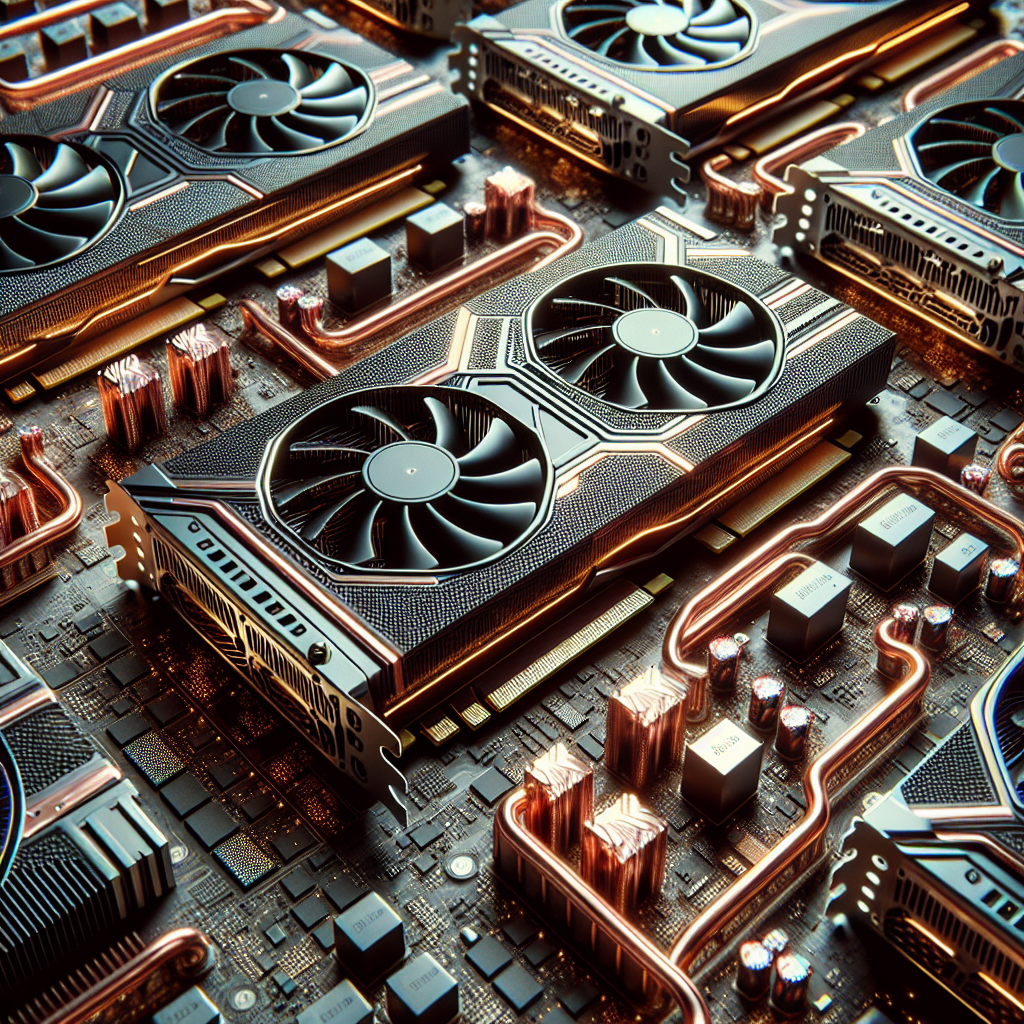Overclocking NVIDIA GPUs: Maximizing Performance Safely
Overclocking NVIDIA GPUs: Maximizing Performance Safely
Overclocking has long been a popular way for PC enthusiasts to squeeze every last drop of performance out of their hardware. And when it comes to NVIDIA GPUs, the potential for performance gains through overclocking is particularly enticing.
By overclocking your NVIDIA GPU, you can increase the clock speeds of the GPU core and memory, resulting in improved frame rates and smoother gameplay in demanding titles. However, it’s important to approach overclocking with caution, as pushing your GPU too far can lead to instability, crashes, and even hardware damage.
To overclock your NVIDIA GPU safely and effectively, follow these tips:
1. Use a reliable overclocking tool: NVIDIA’s own software, such as NVIDIA Inspector or MSI Afterburner, are popular choices for overclocking GPUs. These tools allow you to adjust core and memory clock speeds, as well as voltage settings, to maximize performance.
2. Start slow and test stability: Before making any drastic changes to your GPU’s clock speeds, start by increasing them in small increments. Run stress tests, such as FurMark or 3DMark, to ensure that your GPU is stable at each new clock speed.
3. Monitor temperatures: Overclocking can cause your GPU to run hotter than usual, so it’s important to monitor temperatures closely. Keep an eye on your GPU’s temperature using monitoring software, and make sure it stays within safe limits to prevent thermal throttling or damage.
4. Increase power limits: Some GPUs have power limits that can be adjusted to allow for higher overclocks. Increase the power limit in your overclocking software to give your GPU more headroom for higher clock speeds.
5. Don’t forget about memory overclocking: In addition to core clock speeds, memory overclocking can also significantly improve performance. Increase your GPU’s memory clock speeds in small increments, and test for stability just like you would with core clock speeds.
6. Backup your settings: Once you’ve found stable overclock settings for your GPU, save them in your overclocking software or create a profile to easily switch between stock and overclocked settings.
By following these tips and taking a cautious approach to overclocking, you can maximize the performance of your NVIDIA GPU safely and effectively. Just remember to always monitor temperatures, test for stability, and proceed with caution to avoid damaging your hardware. Happy overclocking!


